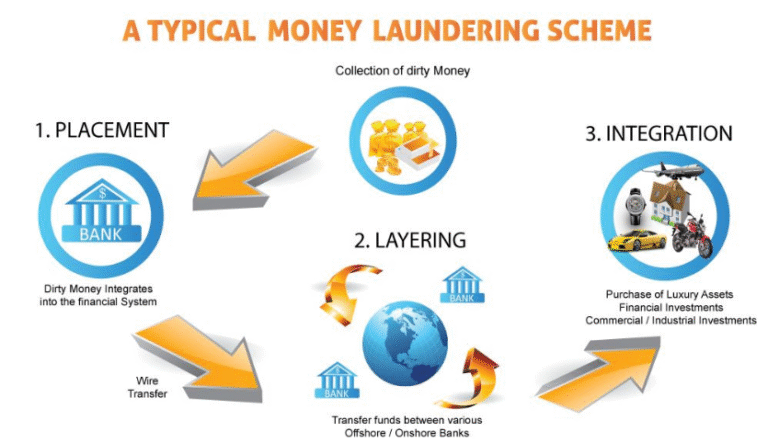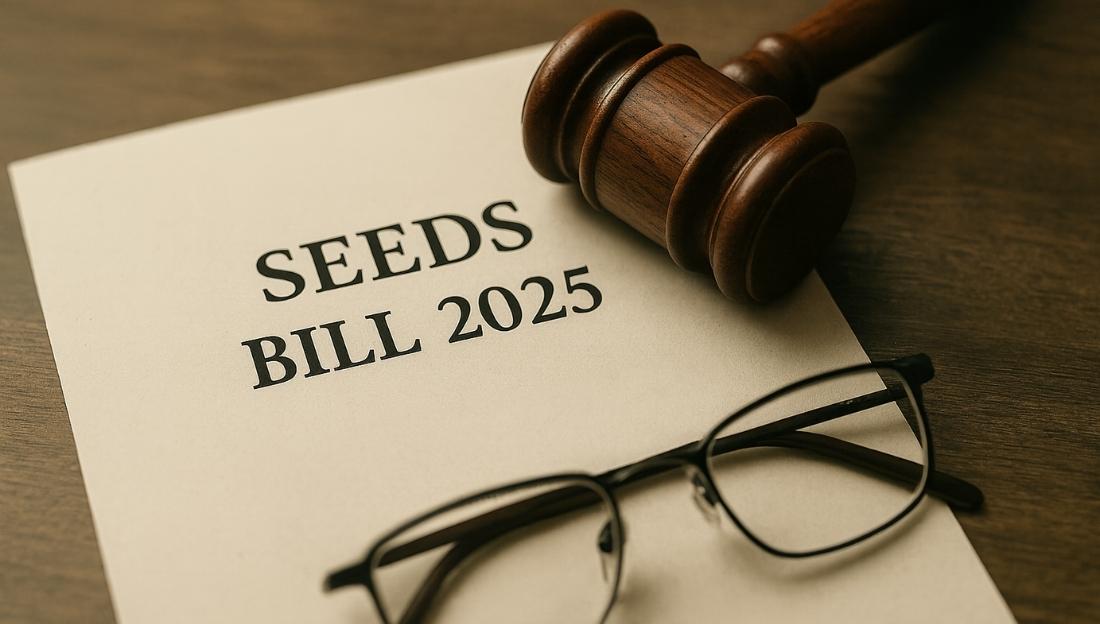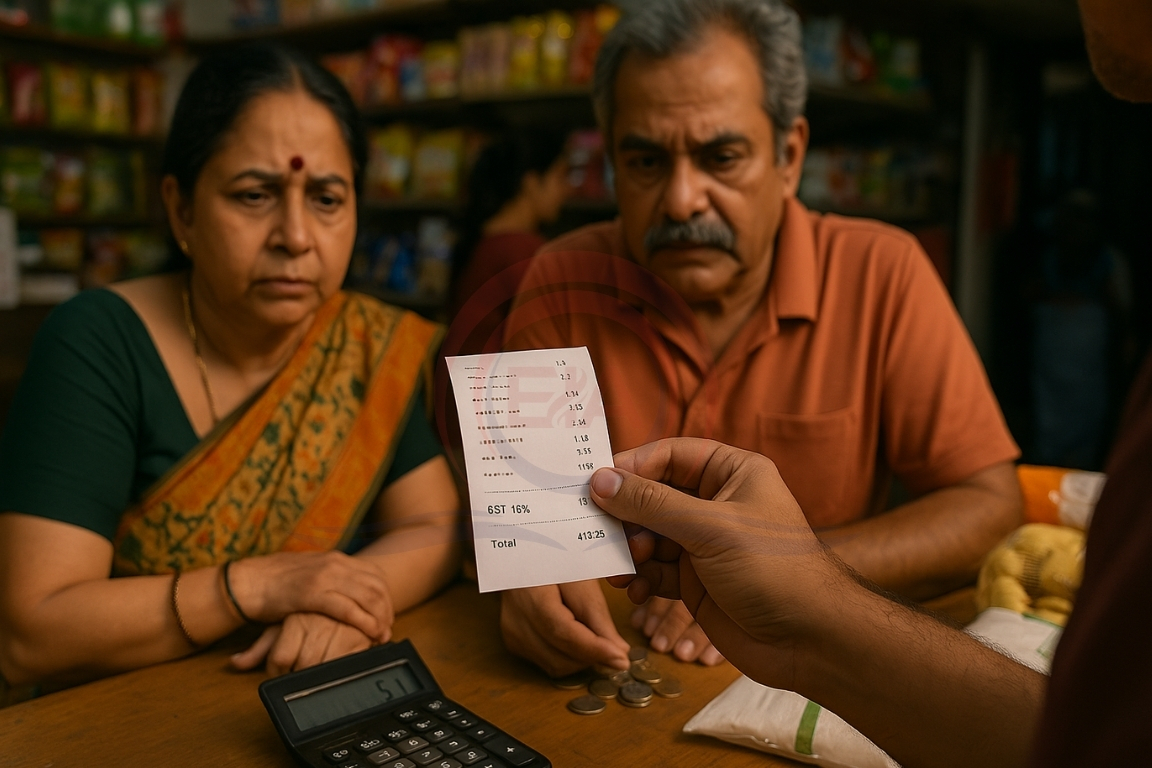The finance minister recently informed the Rajya Sabha that 5,892 cases have been registered under the Prevention of Money Laundering Act (PMLA), 2002, since 2015, but only 15 convictions have been made so far, raising questions on the law’s effectiveness.
What is Money Laundering?
- The India–UK FTA, also called the Comprehensive Economic and Trade Agreement (CETA), covers multiple sectors.
- While agriculture and manufacturing received attention, the digital sector provisions have raised concerns over loss of regulatory control and strategic autonomy.
Three Stages of Money Laundering:
- Placement: Illegal cash is introduced into the financial system. Example: Breaking large amounts into smaller sums (smurfing).
- Layering: The money is moved through multiple transactions or investments to hide its source.
- Integration: The clean-looking money is reintroduced into the economy via business, real estate, or assets.

Why Is It a Problem?
- Harms the financial system, undermines trust in institutions.
- Leads to monetary instability and inflation.
- Can be linked to terror funding and organized crime.
- Weakens national sovereignty and economic security.
Legal Framework in India: Prevention of Money Laundering Act (PMLA), 2002
- Enacted to combat money laundering and confiscate crime-linked property.
- Burden of proof lies on the accused.
- No FIR is needed to start proceedings — just an Enforcement Case Information Report (ECIR).
- A “scheduled offence” must exist for criminal prosecution under PMLA.
Supreme Court Rulings:
- Vir Bhadra Singh v. ED (2017): ECIR sufficient to initiate action.
- Vijay Madanlal Choudhary v. UoI (2022): Property can be attached even before a criminal case is filed.
Challenges:
- Low conviction rate: Only 15 convictions out of 5,892 cases.
- Risk of misuse for political purposes, as highlighted by courts.
- Overreach by authorities, lacking adequate safeguards.
Global Cooperation: Double Taxation Avoidance Agreements (DTAAs)
- India has signed DTAAs with 85+ countries.
- Helps in sharing tax and financial data, preventing illicit fund transfers and tax evasion.
Way Forward:
- Strengthen enforcement with transparency and accountability.
- Implement FATF recommendations to improve global compliance.
- Ensure genuine investigations and prevent misuse of legal provisions.
FATF (FINANCIAL ACTION TASK FORCE)
FATF is an inter-governmental body established in 1989 by the G7 countries. Its main purpose is to combat money laundering, terrorist financing, and other threats to the international financial system.
Headquarters and Membership
- Headquarters: Paris, France (hosted by the OECD).
- Members: 39 members (37 countries + 2 regional organizations – European Commission & Gulf Cooperation Council).
- India became a full member in 2010.
Objectives of FATF
- Set international standards (Recommendations) for combating:
- Money Laundering (ML)
- Terrorist Financing (TF)
- Proliferation Financing (PF)
- Evaluate and monitor country-level implementation.
- Promote effective implementation of legal, regulatory, and operational measures.
FATF Lists
Grey List (Increased Monitoring List):
- Countries that do not fully comply with FATF standards.
- They face increased scrutiny but can work with FATF to improve.
- Example: Pakistan was on the Grey List (2018–2022).
Black List (High-Risk Jurisdictions):
- Countries that refuse to cooperate or have serious strategic deficiencies.
- They face financial sanctions, restrictions from IMF, World Bank, etc.
- Examples: North Korea, Iran.
Conclusion:
Money laundering threatens national integrity and economic health. India needs to balance tough legal action with checks against misuse, ensuring that the law serves its real purpose — fighting financial crime, not political battles.





